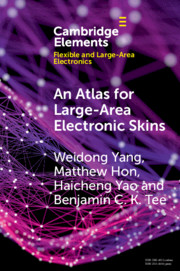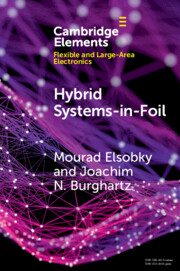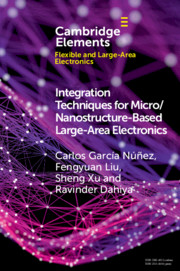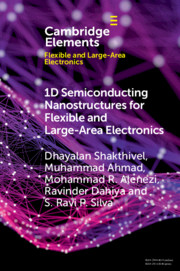An Atlas for Large-Area Electronic Skins
Electronic skins are critical for many applications in human-machine-environment interactions. Tactile sensitivity over large areas can be especially applied to prosthetics. Moreover, the potential for wearables, interactive surfaces, and human robotics have propelled research in this area. In this Element, we provide an account and directional atlas of the progress in materials and devices for electronic skins, in the context of sensing principles and skin-like features. Additionally, we give an overview of essential electronic circuits and systems used in large-area tactile sensor arrays. Finally, we present the challenges and provide perspectives on future developments.
Product details
September 2020Adobe eBook Reader
9781108808828
0 pages
This ISBN is for an eBook version which is distributed on our behalf by a third party.
Table of Contents
- 1. Introduction
- 2. Sensing Mechanism of Tactile Sensors
- 3. Circuits and Systems for Large Sensor Arrays
- 4. Main Features and Trends of Tactile Sensors
- 5. Conclusions and Perspectives.





